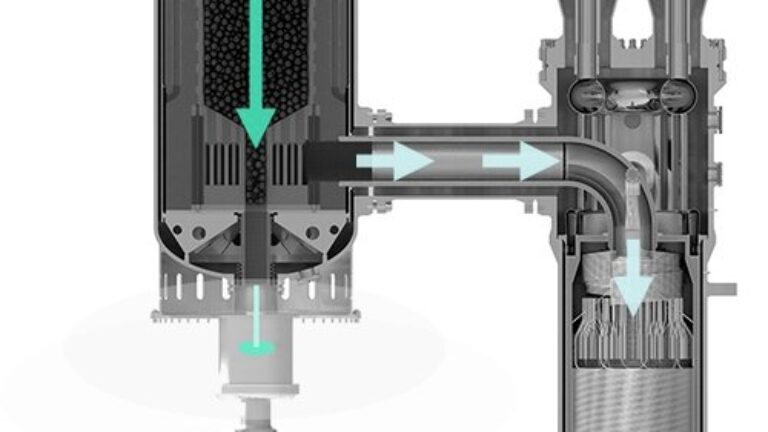
The design is meant to run at high temperatures and extract heat from the reactor using helium, which is used to boil water and generate electricity. Each reactor can produce 80 Megawatts of electricity, and the reactors are designed to work efficiently as a set of four, creating a 320 MW power plant. As of yet, however, there are no working examples of this reactor, and the design hasn’t been approved by the Nuclear Regulatory Commission.
Why now?
Why is there such sudden interest in small modular reactors among the tech community? It comes down to growing needs and a lack of good alternatives, even given the highly risky nature of the startups that hope to build the reactors.
It’s no secret that data centers require enormous amounts of energy, and the sudden popularity of AI threatens to raise that demand considerably. Renewables, as the cheapest source of power on the market, would be one way of satisfying that growth, but they’re not ideal. For one thing, the intermittent nature of the power they supply, while possible to manage at the grid level, is a bad match for the around-the-clock demands of data centers.
The US has also benefitted from over a decade of efficiency gains keeping demand flat despite population and economic growth. This has meant that all the renewables we’ve installed have displaced fossil fuel generation, helping keep carbon emissions in check. Should newly installed renewables instead end up servicing rising demand, it will make it considerably more difficult for many states to reach their climate goals.
Finally, renewable installations have often been built in areas without dedicated high-capacity grid connections, resulting in a large and growing backlog of projects (2.6 TW of generation and storage as of 2023) that are stalled as they wait for the grid to catch up. Expanding the pace of renewable installation can’t meet rising server farm demand if the power can’t be brought to where the servers are.

















+ There are no comments
Add yours